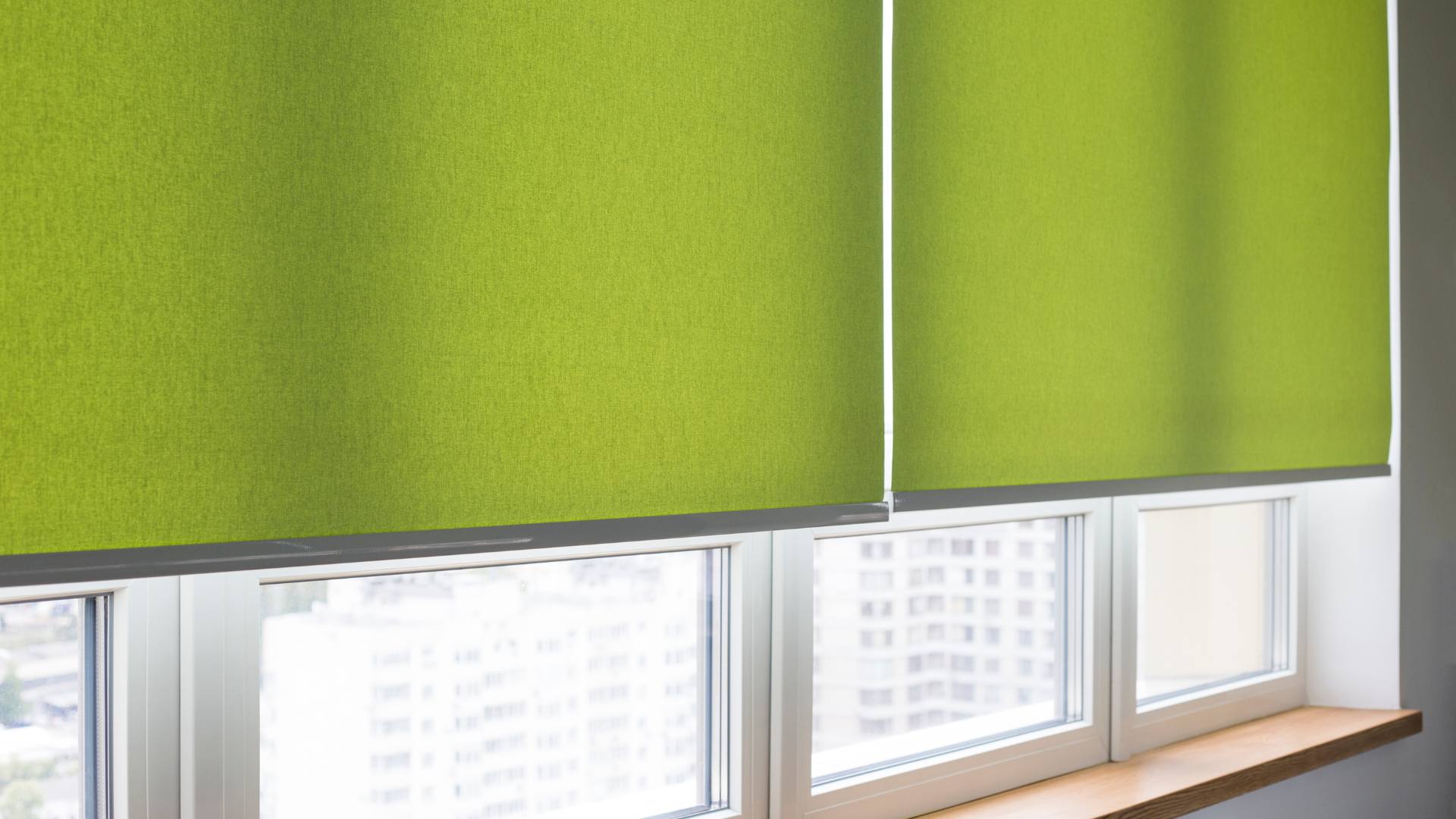The Psychology of Window Treatments
When it comes to designing a space, every element plays a crucial role in shaping the mood and atmosphere. From furniture arrangement to color schemes, each decision contributes to the overall feel of the room. However, one often overlooked aspect of interior design is the psychology of window treatments. Believe it or not, the curtains, blinds, or shades you choose can have a significant impact on your emotions and the ambiance of your home. In this blog post, we’ll delve into the fascinating world of the psychology of window treatments and explore how they influence mood and atmosphere.
Color Psychology
Color is perhaps the most powerful aspect of window treatments when it comes to influencing mood. Different colors evoke different emotions and can have a profound effect on our mental state.
Warm Colors:
Shades of red, orange, and yellow are known as warm colors and are associated with energy, warmth, and excitement. Using window treatments in these hues can create a vibrant and inviting atmosphere, perfect for social areas like living rooms or kitchens.
Cool Colors:
On the other hand, cool colors like blue, green, and purple are calming and soothing. They evoke feelings of tranquility, relaxation, and serenity, making them ideal for bedrooms or spaces where you want to promote a sense of calm.

Neutral Colors:
Neutral window treatments such as white, beige, or gray are versatile and timeless. They provide a sense of balance and simplicity, allowing other elements in the room to take center stage. Neutral colors can create a sense of openness and airiness, making them suitable for a variety of spaces.
Light Control
The amount of natural light that enters a room can greatly affect its ambiance and mood. Window treatments play a crucial role in controlling light levels and creating the desired atmosphere.
Sheer Curtains:
Sheer curtains allow diffused natural light to filter into the room, creating a soft and ethereal ambiance. They are perfect for spaces where you want to maximize natural light while still maintaining privacy, such as living rooms or dining areas.
Blackout Shades:
On the other end of the spectrum, blackout shades block out almost all incoming light, creating a cocoon-like atmosphere of darkness. They are ideal for bedrooms or media rooms where light control is essential for restful sleep or optimal screen viewing.

Soft Fabrics:
Curtains or drapes made from soft, luxurious fabrics like velvet or silk can add a sense of elegance and opulence to a space. They invite touch and create a cozy, inviting atmosphere, perfect for formal living rooms or master bedrooms.
Natural Materials:
Blinds or shades made from natural materials such as bamboo or wood evoke a sense of warmth and connection to nature. They add texture and visual interest to a room while creating a relaxed, organic ambiance, ideal for bohemian or rustic-inspired interiors.
In conclusion, window treatments are more than just functional elements of a room; they are powerful tools that can shape the mood and atmosphere of your home. By understanding the psychology behind color, light control, texture, and fabric, you can choose window treatments that enhance the ambiance and promote the desired emotional response in each space. Whether you prefer vibrant hues to energize a room or soothing neutrals to promote relaxation, the right window treatments can transform your home into a haven of comfort and style.


